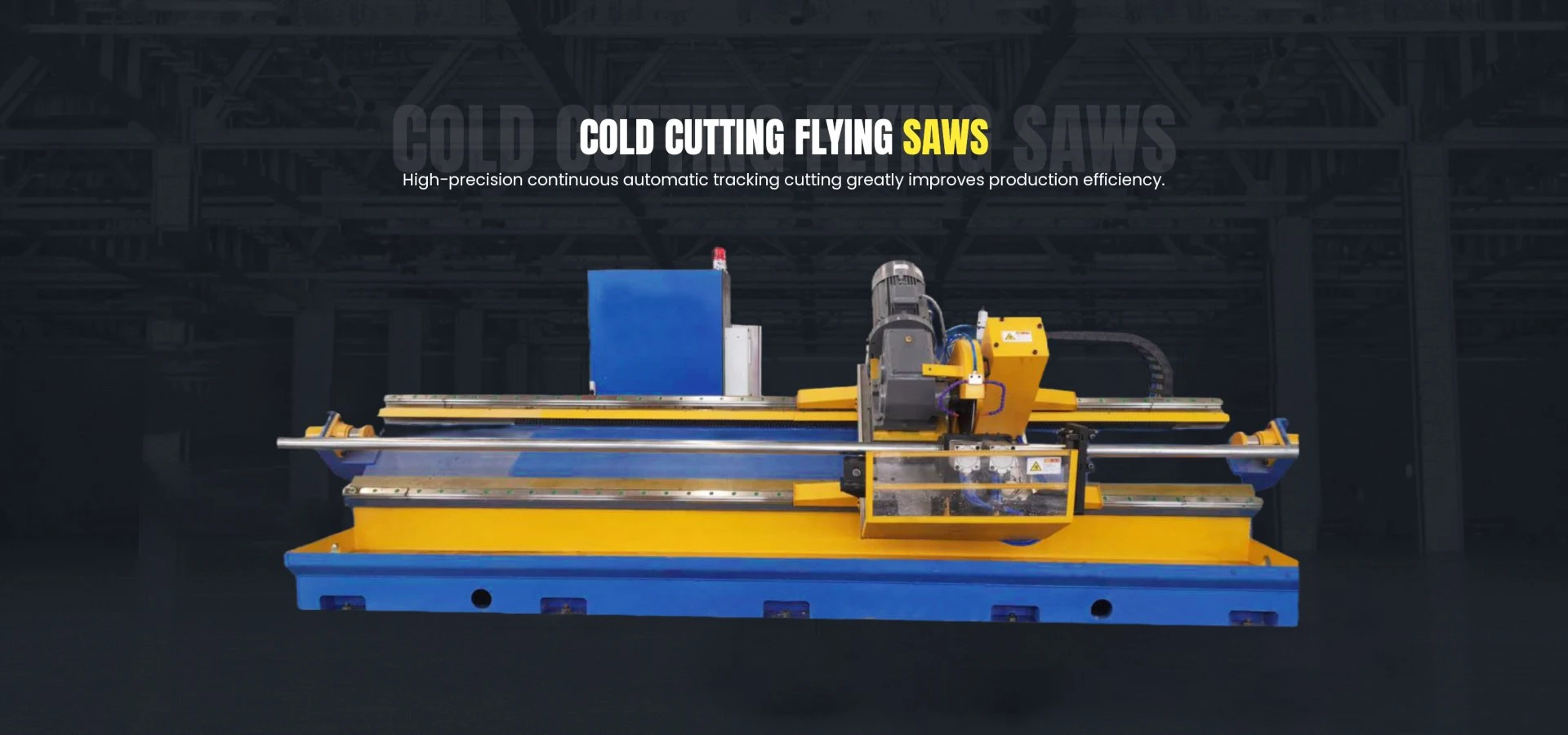Innovative Techniques for Roll Forming Aluminum Sheets in Modern Manufacturing
Roll Forming Aluminum Sheet An Overview of the Process, Applications, and Advantages
Roll forming is a continuous bending operation in which a long strip of metal, typically aluminum, is passed through a series of rollers. This technique transforms the flat aluminum sheet into various desired shapes and profiles for various applications. The roll forming process is known for its efficiency, precision, and ability to produce sturdy components with various geometries, making it a popular choice in various industries.
Understanding the Roll Forming Process
The roll forming process begins with a flat aluminum sheet, which is fed into a series of rollers arranged in a specific sequence. Each roller gradually shapes the edges of the aluminum sheet, and as it passes through multiple stations, it is progressively formed into the desired profile. The process operates continuously, and the metal is deformed elastically or plastically as it moves through the rollers.
Key principles of roll forming include
1. Precision Engineering The rollers are meticulously designed and manufactured to create specific profiles with tight tolerances. Adjustments can be made to fine-tune the dimensions to meet exact specifications.
2. Material Selection Aluminum is a light yet robust material. Its natural resistance to corrosion makes it an excellent choice for roll forming operations, especially in environments where longevity is crucial.
3. Speed and Efficiency Roll forming is a high-speed manufacturing process. Once the initial setup is complete, the production rate can be significantly high, making it an efficient option for large-scale operations.
4. Minimal Waste The roll forming process is designed to maximize material yield. As it uses continuous lengths of metal, scrap is minimized, making it a more sustainable choice compared to other metalworking methods.
Applications of Roll Formed Aluminum Sheets
Roll formed aluminum sheets find utility in various industries due to their versatility and strength. Some of the notable applications include
1. Automotive Industry Roll formed aluminum components are extensively used in vehicles for structural support, chassis components, and body panels. Their lightweight nature contributes to improved fuel efficiency and reduced emissions.
2. Construction In the construction sector, roll formed aluminum sheets are used for roofing, siding, and framing. They provide strength and thermal insulation properties while being easy to install.
roll forming aluminum sheet

3. HVAC Systems Many heating, ventilation, and air conditioning (HVAC) systems utilize roll formed aluminum parts for ducts and fittings. The lightweight and corrosion-resistant properties of aluminum make it ideal for maintaining efficiency and longevity in these systems.
4. Furniture and Fixtures Roll formed aluminum is often employed in producing furniture components and fixtures, such as shelving units, brackets, and decorative accents. Its aesthetic appeal, combined with durability, makes it a favored choice for modern designs.
5. Electrical Enclosures Many electrical enclosures are created using roll forming techniques. The aluminum provides an effective barrier against electromagnetic interference and enhances the overall durability of the housing.
Advantages of Roll Forming Aluminum Sheets
The advantages of roll forming aluminum sheets are significant
1. Cost-Effectiveness Although the initial setup costs for roll forming might be higher, the efficiency and reduced waste translate into lower overall production costs, especially for high-volume runs.
2. Strength and Durability Aluminum's inherent properties provide roll formed products with high strength-to-weight ratios, making them ideal for applications where both strength and weight are considerations.
3. Design Flexibility Roll forming allows for a wide range of shape options. Designers have the freedom to create complex profiles without sacrificing the integrity of the material.
4. Sustainability As a recyclable material, aluminum contributes to sustainability initiatives. The roll forming process also minimizes scrap, making it an environmentally friendly manufacturing option.
5. Smooth Surface Finish Roll formed components often have a smooth surface finish, which enhances their aesthetic appeal and ease of coating or painting.
Conclusion
Roll forming aluminum sheets has emerged as a crucial manufacturing process across multiple industries due to its efficiency, versatility, and minimal waste. The ability to produce high-volume, precision components makes it an indispensable technology in today's manufacturing landscape. As industries continue to seek sustainable and economical solutions, the relevance of roll forming aluminum sheets is expected to grow, paving the way for new innovations and applications in the future.
-
High Frequency Straight Seam Welded Pipe Production Line|BzZhou Xinghua|Precision Welding&EfficiencyNewsJul.30,2025
-
High Frequency Straight Seam Welded Pipe Production Line - BzZhou Xinghua|Precision Engineering&EfficiencyNewsJul.30,2025
-
High-Frequency Straight Seam Welded Pipe Production Line-BzZhou Xinghua Machinery Equipment Manufacturing Co., LTD.NewsJul.30,2025
-
High-Frequency Straight Seam Welded Pipe Production Line-BzZhou Xinghua Machinery Equipment Manufacturing Co., LTD.|Precision Manufacturing, High EfficiencyNewsJul.30,2025
-
High Frequency Straight Seam Welded Pipe Production Line-BzZhou Xinghua Machinery Equipment Manufacturing Co., LTD.|Precision Steel Pipe Manufacturing&Industrial EfficiencyNewsJul.29,2025
-
High-Frequency Straight Seam Welded Pipe Production Line-BzZhou Xinghua Machinery Equipment Manufacturing Co., LTD.|Precision Steel Pipe Manufacturing&Industrial EfficiencyNewsJul.29,2025


